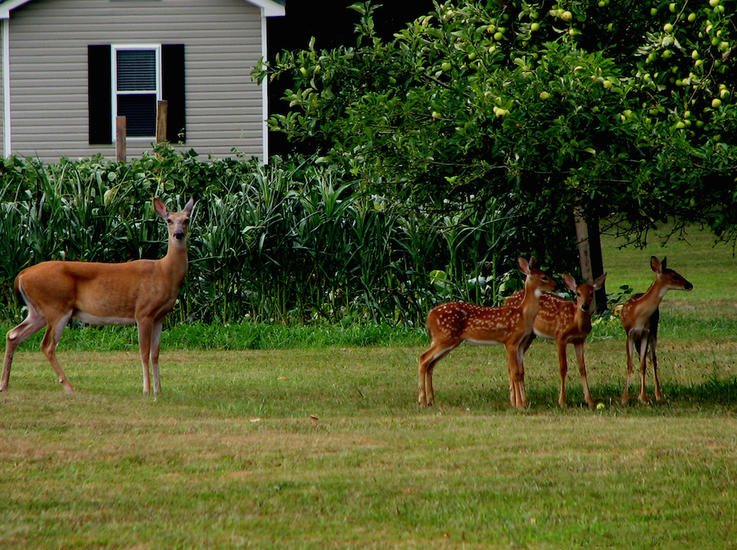If you are looking for ways to attract deer to your property, then you should consider planting some of the best plants for deer. There are many different types of plants that deer find appealing, and by planting a variety of them, you can create a feeding ground that will bring these animals right to your doorstep! In this blog post, we will discuss the advantages of planting certain plants to attract deer, as well as provide a list of some of the best plants for attracting deer.
Get Started- Know More
There are a few things to consider when trying to determine which plants will best attract deer. The first is the nutritional value of the plant. Deer are browsers, meaning they prefer to eat the leaves and stems of plants rather than the actual fruit or vegetable. This means that plants with a high protein content are going to be more attractive to deer than those with a lower protein content.
Another thing to consider is the palatability of the plant. Some plants may be high in protein, but if they don’t taste good, deer won’t eat them. Finally, you need to consider the availability of the plant. If a particular plant is only available for a short period of time, it’s not going to be as attractive to deer as something that is available year-round.
With all of that in mind, here are some of the best plants for attracting deer:
* Clover is a great option because it is high in protein and very palatable to deer. It is also easy to find and relatively inexpensive.
* Alsike clover is another great option because it is high in protein and very palatable to deer. It is also fairly easy to find and relatively inexpensive.
* Ladino clover is another good option because it is high in protein and very palatable to deer. It can be more difficult to find than other types of clover, but it is still relatively inexpensive.
* Timothy grass is a good option because it is high in protein and very palatable to deer. It can be more difficult to find than other types of grass, but it is still relatively inexpensive.
* Bermuda grass is a good option because it is high in protein and very palatable to deer. In addition, it can be relatively inexpensive compared to the other varieties.
Conclusion
As you can see, there are a lot of great options when it comes to plants that attract deer. You just need to consider the nutritional value, palatability, and availability of the plant before making your final decision. With a little bit of planning, you can create a beautiful garden that will be enjoyed by both you and the local deer population! Thanks for reading!


